
Paul Rosche was a well-known German engineer who worked for BMW. He is well-known for developing the engines for several BMW high-performance cars, including the M31 in the BMW 2002 Turbo, the S14 in the E30 M3, and the S70/2 in the McLaren F1.
Rosche joined BMW shortly after graduating and quickly became an expert at calculating camshafts.Throughout Rosche’s career, engines built by him or under his supervision have won a total of 150 European Formula Two Championship and Formula One World Championship titles, as well as two 24 Hours of Le Mans wins.
The Start of a Legend
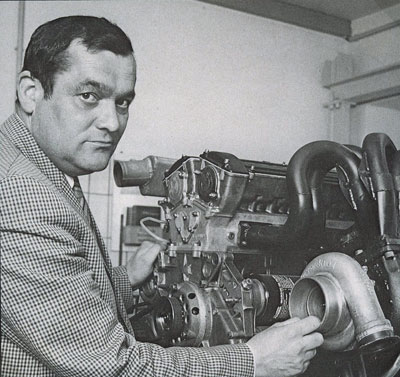
Paul Rosche, at 23, joined BMW immediately after graduating in November 1957. He began working in the six-person research and development team, which was led by Alexander von Falkenhausen, who directly promoted Rosche after seeing his brilliance.
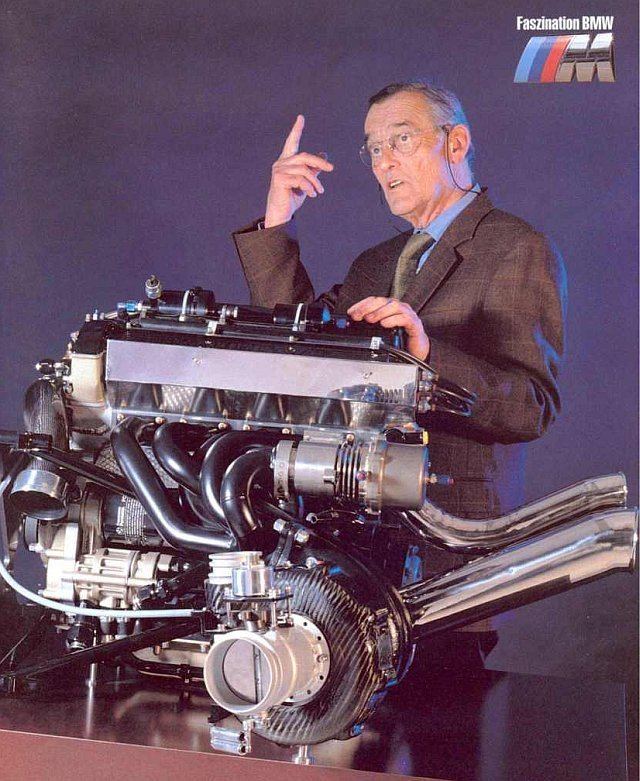
Rosche’s first job was the camshaft for the BMW 502 and 507. Rosche soon became a specialist in calculating camshafts as a result of his high degree of skill. The design of the 80 BHP four-cylinder M10 for the 1500 was one of Rosche’s first important achievements.
Turning Point
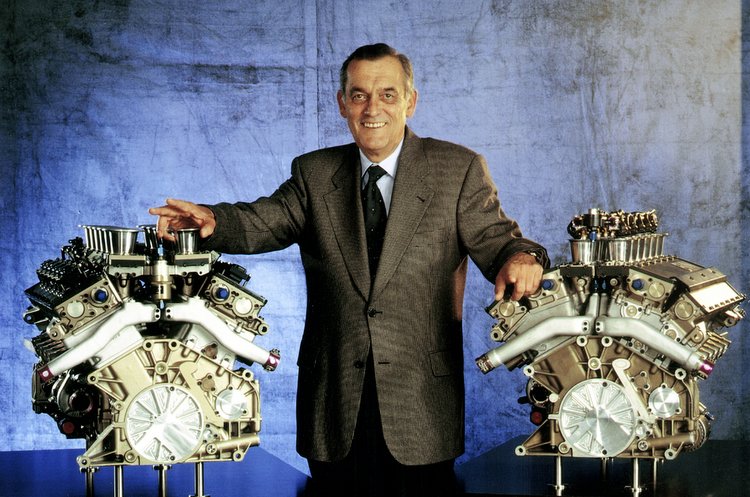
Rosche took over as technical director of BMW Motorsport after Von Falkenhausen retired in 1975, supervising the development and manufacturing of race engines for the M1. Later, he was promoted to technical director, a position he held from 1979 until 1996.
Rosche attempted to persuade BMW to enter Formula One with the M12 turbocharged engine, based on the M10 engine. The engine was tested towards the end of the year before making its appearance in 1982 when it won its first race.
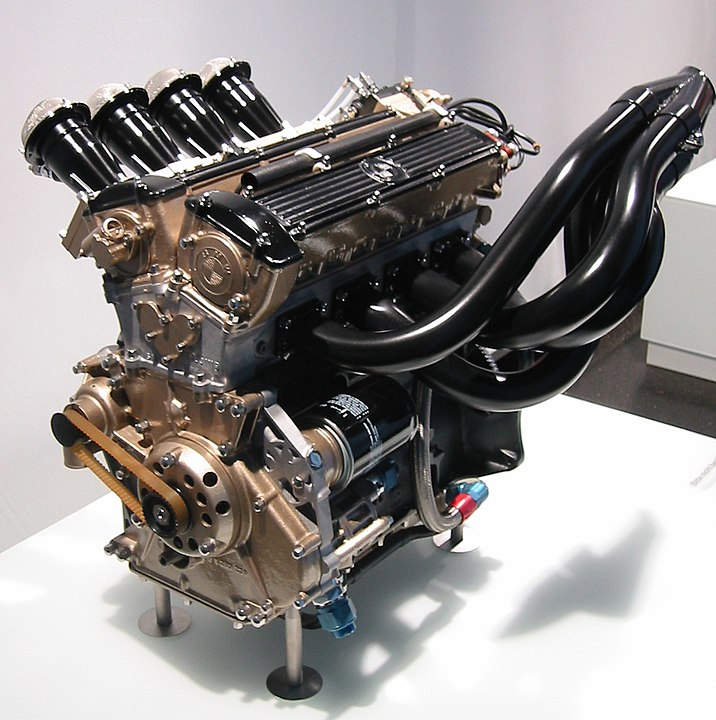
This engine went on to win eight more races in F1, as well as helping Nelson Piquetto win his second World Championship in 1983. At the same time, Rosche created the S14 for the E30 M3, which went on to become the most successful vehicle in Group A racing.
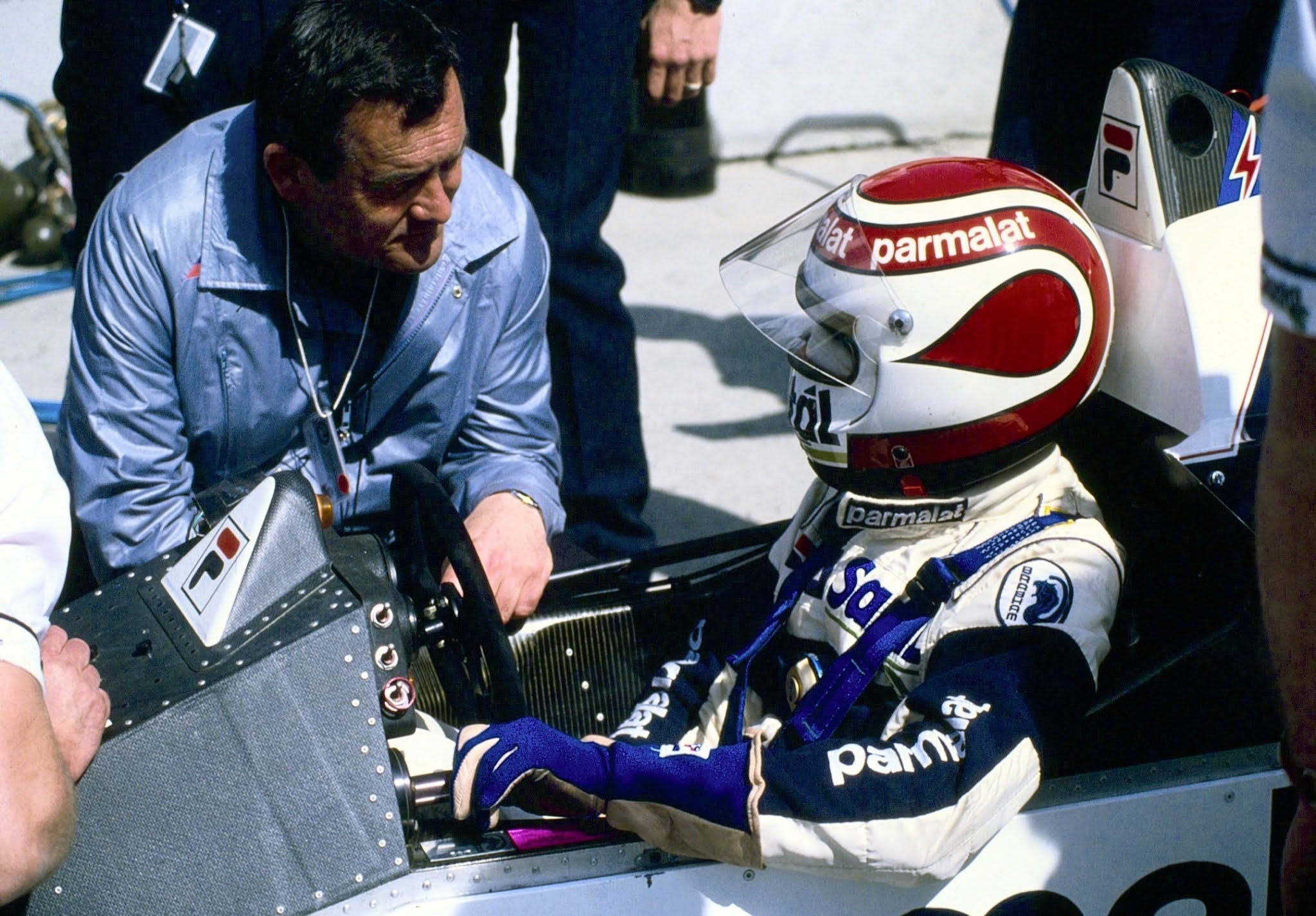
The Big Task
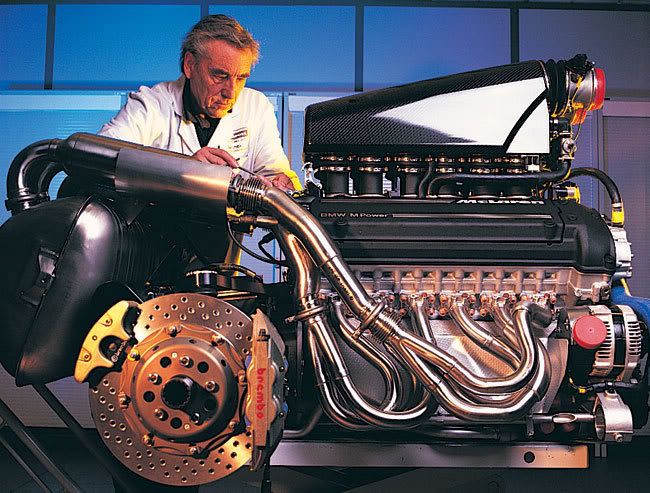
Rosche was tasked with creating an engine for the McLaren F1. The stated aim was a 4.5-litre V10 or V12 producing 550 horsepower, with a maximum block length of 600mm and a weight of 250 kg, including all ancillaries, exhaust, and silencer.
This engine’s development began with an entirely new design, using a few components from the M70; the end result was the S70/2. This engine outperformed its target, producing 627 horsepower while exceeding the allowable weight by 16 kg.
This engine won the 1995 24 Hours of Le Mans in its racing form, the F1 GTR; it later won this title again in 1999 with the V12 LMR.
The End of a Legend
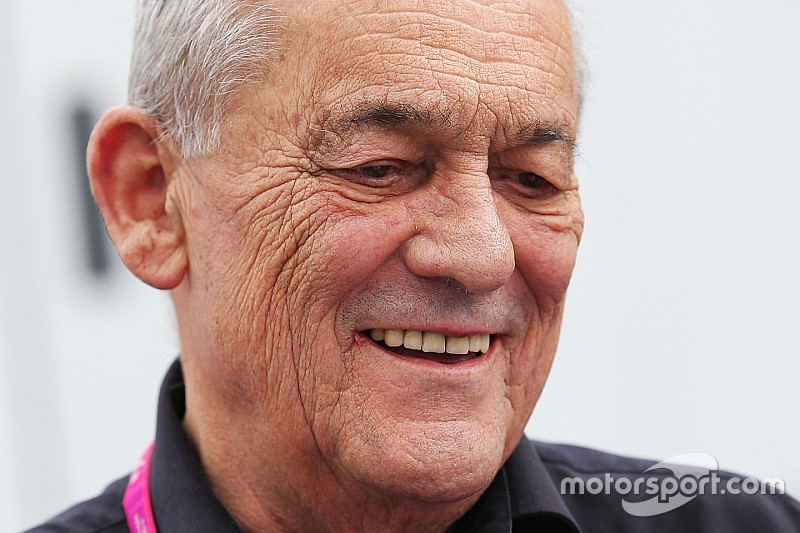
BMW’s Legendary Engineer died on 15 November 2016, leaving behind him a massive archive of engines and achievements.




